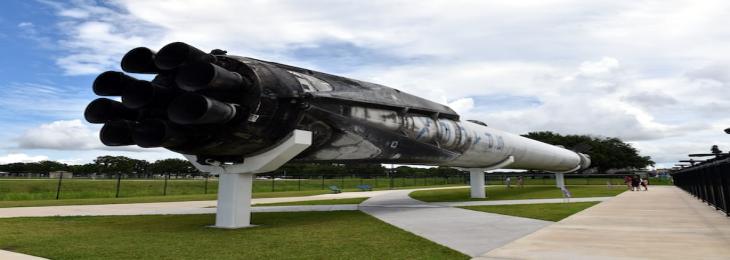
This time, the launch of an orbital mission around the moon is planned as the Artemis I gigantic moon rocket has started to roll out to the launchpad.
At NASA's Kennedy Space Center in Florida, workers and engineers have carefully inspected and tested the Orion spacecraft and the Space Launch System rocket. Between March and June, the rocket stack had to make a few visits to the launchpad in order to complete the wet dress rehearsal test, which mimicked every phase of launch with the exception of liftoff.
The Artemis crew plans to launch on August 29 between 8:33 a.m. ET and 10:33 a.m. ET, which is its first two-hour launch window. On September 2 and September 5, backup launch windows will be available.
The deployment started streaming live on the NASA Kennedy YouTube page on Tuesday at 10:00 a.m. ET. After the surgery, 10 to 12 hours should pass.
Similar to past shuttle flights and Apollo Saturn V rockets, a large NASA crawler from the Apollo era was employed to move the mammoth, 98-meter-tall stack the leisurely 6.4 kilometres from the assembly site to the launchpad.
A 63 million kilogramme crawler with a peak speed of 1.6 kilometres per hour will convey the massive rocket stack and its portable launcher.
At Kennedy Space Center, two crawlers, including the renowned one, have been in operation for more than 50 years. Three-day mission from Earth to the moon will be launched by the unmanned Artemis I. Launched on September 10 and travelling 2.1 million kilometres in 42 days to a far retrograde orbit around the moon, the spacecraft will make its way to the Pacific Ocean off the coast of San Diego before touching down there on October 10. Orion's return to Earth will be faster and warmer than any other spacecraft has ever encountered.






